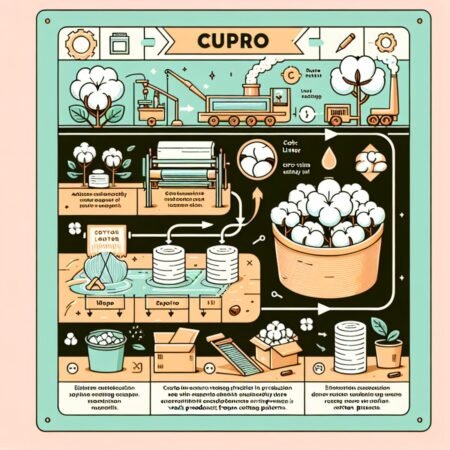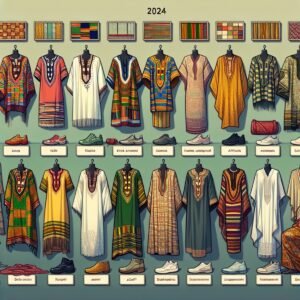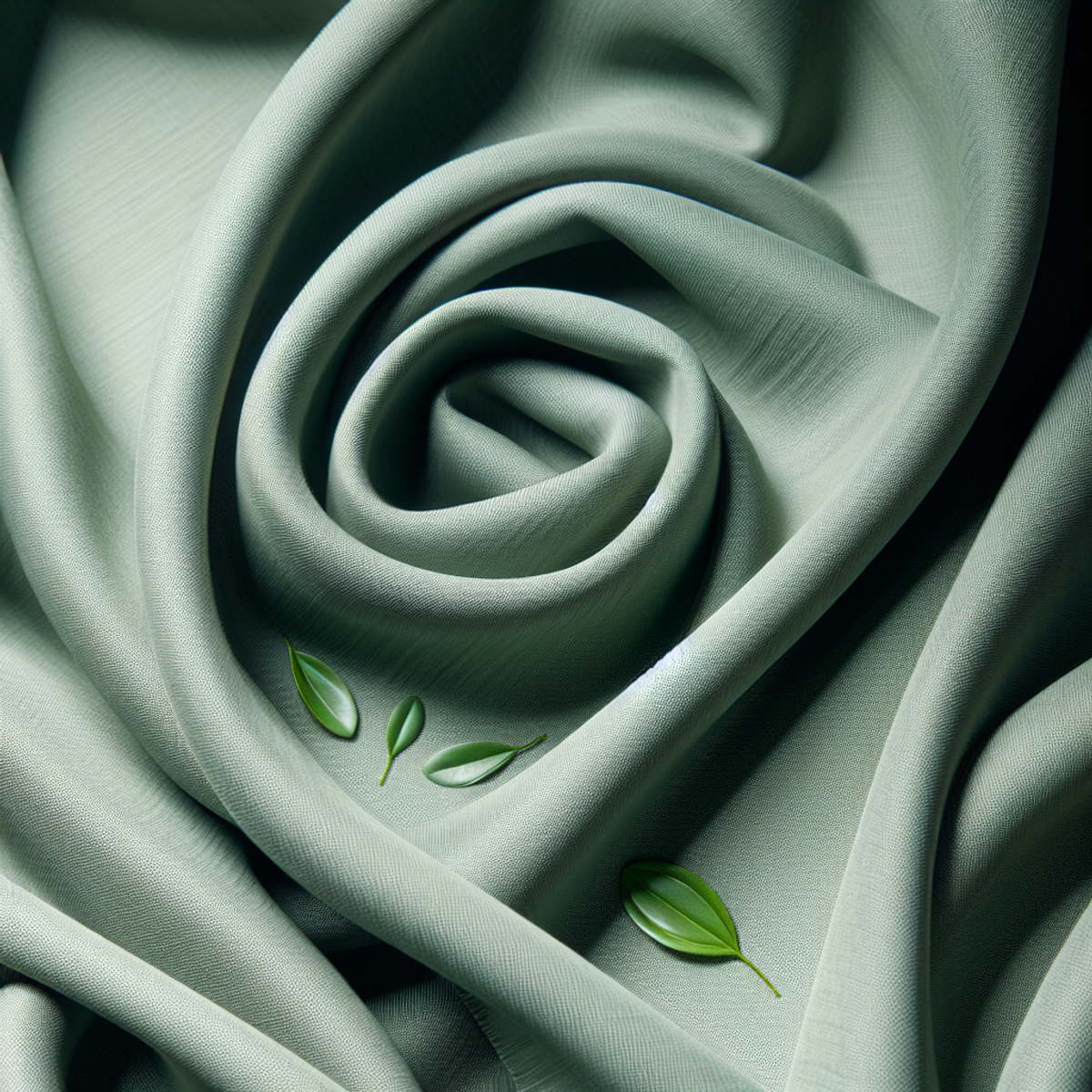
Introduction to What Is Cupro Fabric
Cupro fabric is a sustainable textile made from cotton linter that has been gaining popularity in the fashion industry due to its eco-friendly and ethical qualities. It is becoming the go-to option for sustainable fashion brands, offering a great alternative to conventional materials.
In this article, we will:
- Explore the composition and production process of cupro fabric
- Discuss its sustainability benefits
- Provide essential care instructions for this silk alternative
Join us as we discover the eco-friendly charm of cupro fabric and its ability to push the fashion industry towards a more sustainable path.
Understanding Cupro Fabric
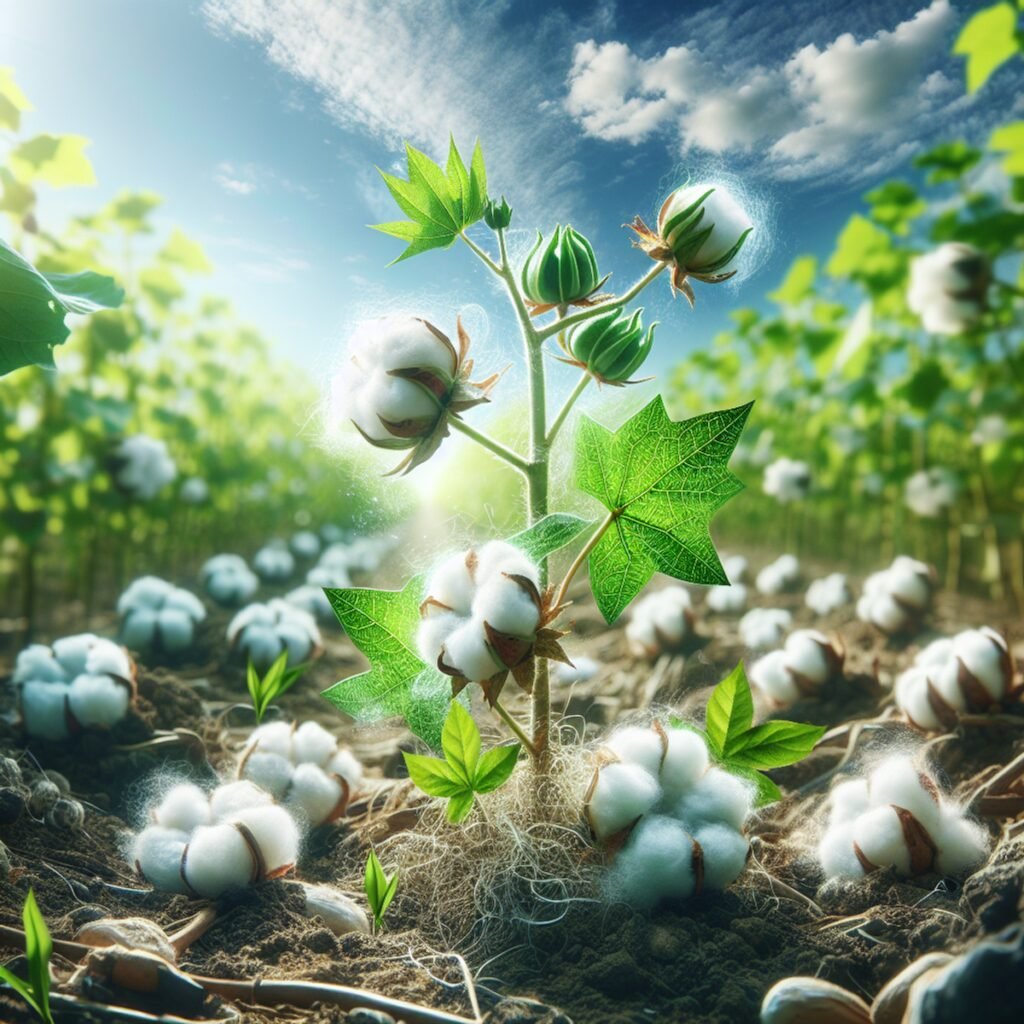
Cupro fabric is a type of fabric made from cotton waste, specifically cotton linter, which are short fibers. It is considered an eco-friendly option to traditional silk because it utilizes a byproduct of the textile industry.
One of the special characteristics of cupro fabric is its ability to allow air to pass through easily, making it highly breathable. This breathability enhances comfort for the person wearing it.
How Cupro Fabric is Made
The production process of cupro fabric involves a method called the cuprammonium process. Here’s how it works:
- The cotton linter is dissolved in a cuprammonium solution, creating a thick liquid.
- This viscous solution is then pushed out into a bath where it solidifies into thin strands called filaments.
- These filaments are spun together to create yarn, which is then woven into fabric.
The Sustainability of Cupro Fabric
The use of cotton waste and the closed-loop nature of the cuprammonium process contribute to the sustainability of cupro fabric:
- Cotton waste, such as cotton linter, would otherwise be discarded. By using it to create cupro fabric, we are reducing waste in the textile industry.
- The cuprammonium process is designed to minimize environmental impact. The solvent used in the process can be recycled and reused, reducing the amount of waste generated.
These factors make cupro fabric an attractive choice for those who prioritize sustainability in their fashion choices.
The Sustainability Factor: Why Cupro Fabric Is Considered Eco-Friendly
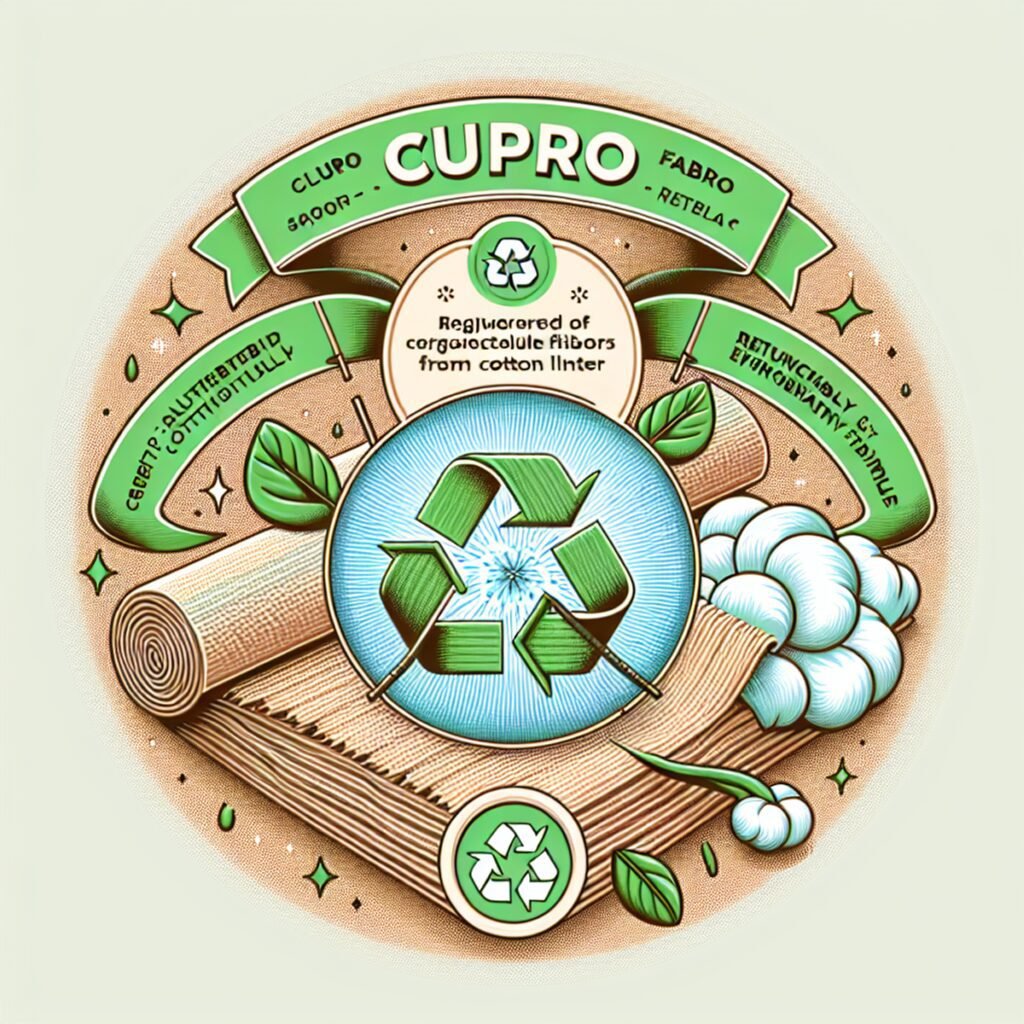
Cupro fabric has many advantages that make it a sustainable choice, especially as a substitute for silk. Its production has a lower impact on the environment and requires fewer chemicals compared to traditional silk manufacturing. This means that the fabric is both biodegradable and less resource-intensive, making it a great option for eco-friendly shoppers.
1. Resource Consumption
When assessing how eco-friendly cupro fabric is, we need to look at factors such as resource usage and waste creation. Here’s how cupro measures up:
- Cupro uses cotton linter, which is a byproduct of the textile industry. This allows for the reuse of material that would otherwise be discarded as waste.
- By using this byproduct, cupro reduces the demand for new resources like water and land that would be needed to grow additional cotton.
- This closed-loop production system helps minimize pollution and preserve resources by recycling solvents used in the manufacturing process.
2. Waste Generation
Another important aspect of sustainability is how much waste is generated during production. Cupro fabric stands out in this area as well:
- The closed-loop system mentioned earlier plays a crucial role here too. It ensures that any waste generated during the production of cupro is captured and reused within the same process.
- This significantly reduces the amount of waste being sent to landfills or released into the environment.
By considering these factors, it becomes clear why cupro fabric is highly regarded as an eco-friendly choice. Its use of existing materials, efficient production methods, and minimal environmental impact make it a frontrunner in sustainable textiles.
So, if you’re looking for clothing or home textiles that are not only stylish but also kind to the planet, cupro fabric is definitely worth considering!
Examining the Ethical Aspects of Cupro Fabric Production
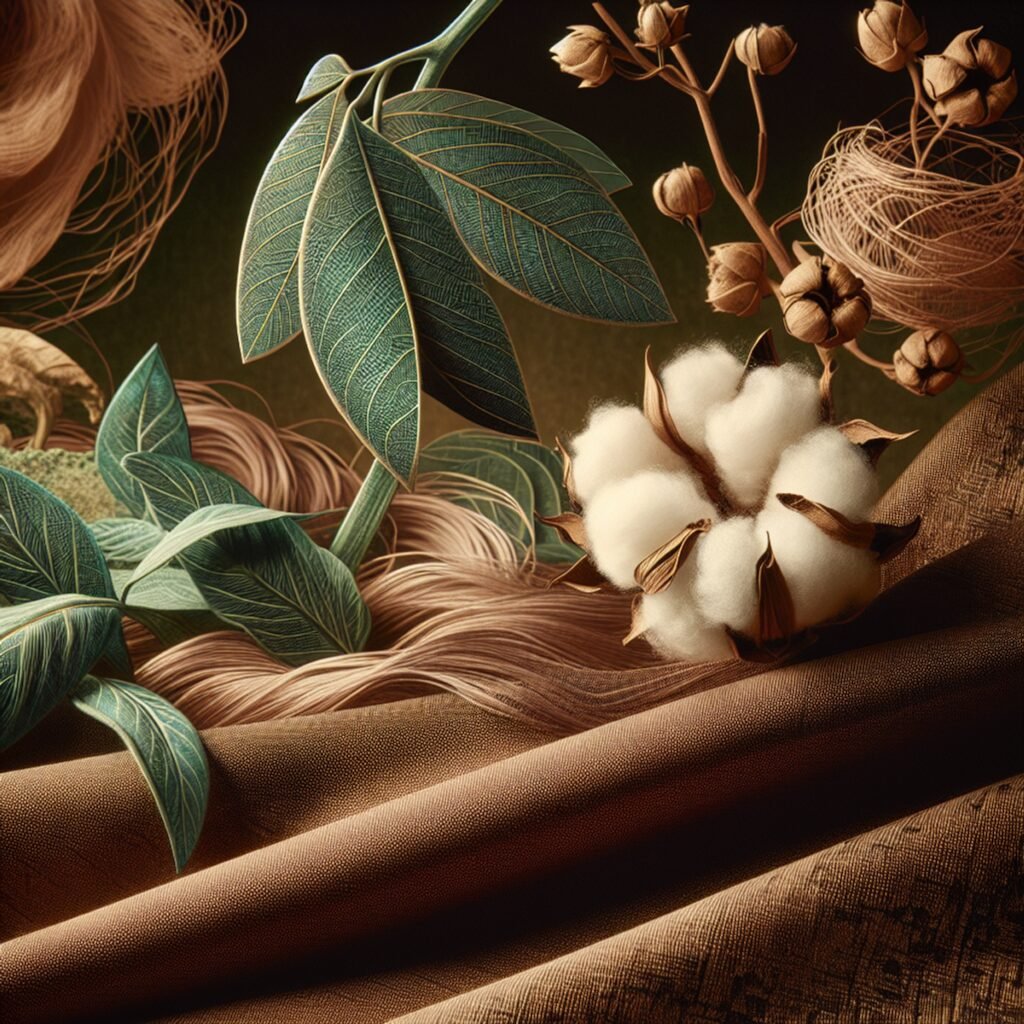
Cupro fabric production raises important ethical considerations related to fair labor practices and supply chain transparency. Here are the key points to consider:
1. Fair Labor Practices
The social sustainability dimension of cupro fabric production involves ensuring fair wages and safe working conditions in linter extraction and processing. This is crucial for upholding ethical standards and promoting the well-being of workers involved in the manufacturing process.
2. Certifications
Certifications like the Global Organic Textile Standard (GOTS) play a significant role in ensuring the ethical integrity of cupro fabric. They provide assurance that the fabric is produced in compliance with stringent social and environmental criteria, including fair labor practices.
3. Transparency Challenges
One of the major challenges in the ethical production of cupro fabric lies in improving the transparency of its supply chains. Enhancing traceability and accountability throughout the production process is essential for addressing potential ethical concerns and fostering greater confidence in the sourcing of cupro fabric.
These aspects highlight the importance of ethical considerations in cupro fabric production, emphasizing the need for fair treatment of workers and transparent, accountable supply chains.
Is Cupro Fabric Truly a Viable Silk Alternative?
Cupro fabric and traditional silk have different looks and feels. Silk is known for being soft and shiny, while cupro fabric has a similar smoothness and flow. When we compare cupro fabric to silk in terms of sustainability, it shows promise as a possible substitute. It’s breathable, absorbs moisture well, and has an eco-friendly production process.
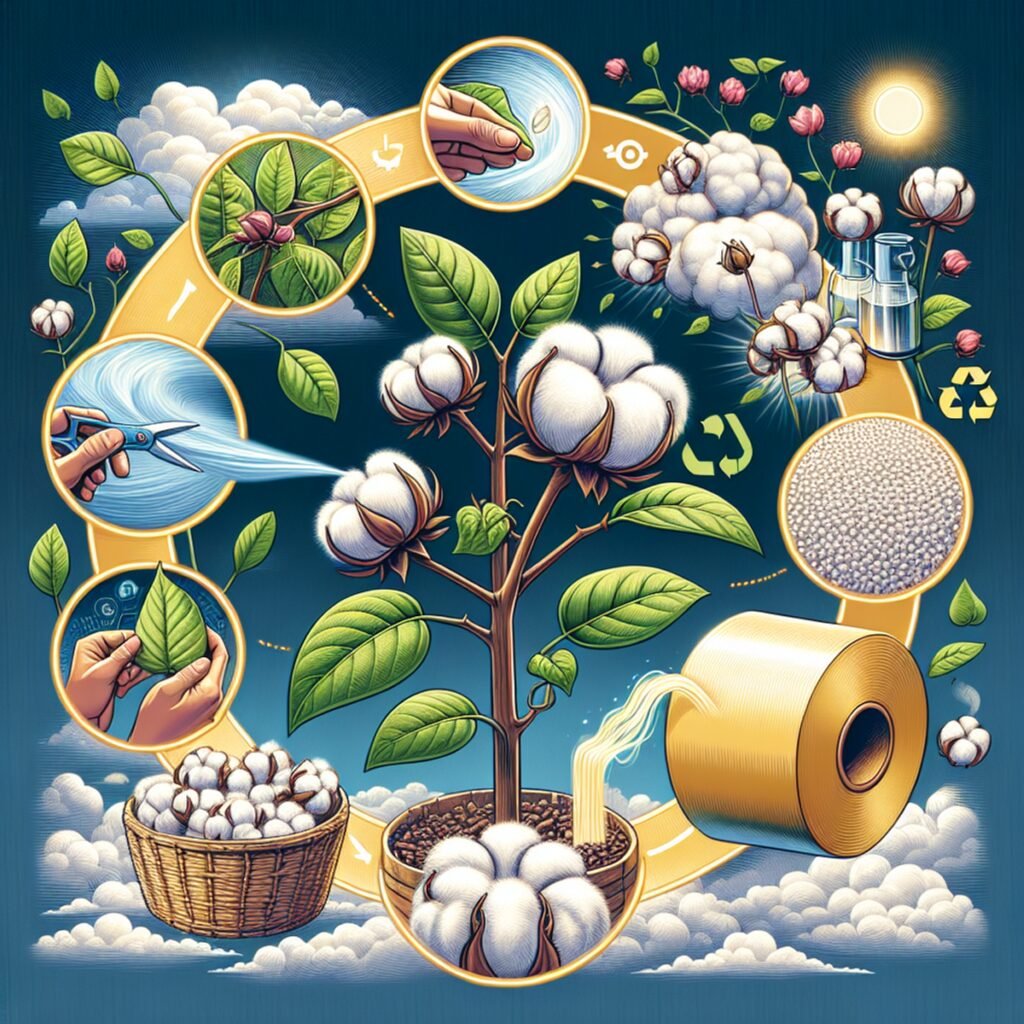
The Benefits of Cupro Fabric
- Offers a similar luxurious experience to silk
- More sustainable option
- Breathable nature
- Moisture absorption properties
Limitations of Cupro Fabric
However, there are some drawbacks to using cupro fabric instead of silk:
- Wrinkles more easily than silk
- Doesn’t have the same lustrous appearance as silk
These limitations may affect its suitability for certain uses, such as high-end fashion where looks are everything or apparel items that need to stay wrinkle-free.
Cupro Fabric: A Sustainable and Luxurious Choice
Cupro fabric’s combination of sustainability and luxurious texture makes it an attractive option for people who care about the environment. Despite its limitations, it still stands out as a viable alternative to silk, especially in situations where comfort and ethical production practices are important.
Caring for Cupro: Maintenance Tips for Longevity
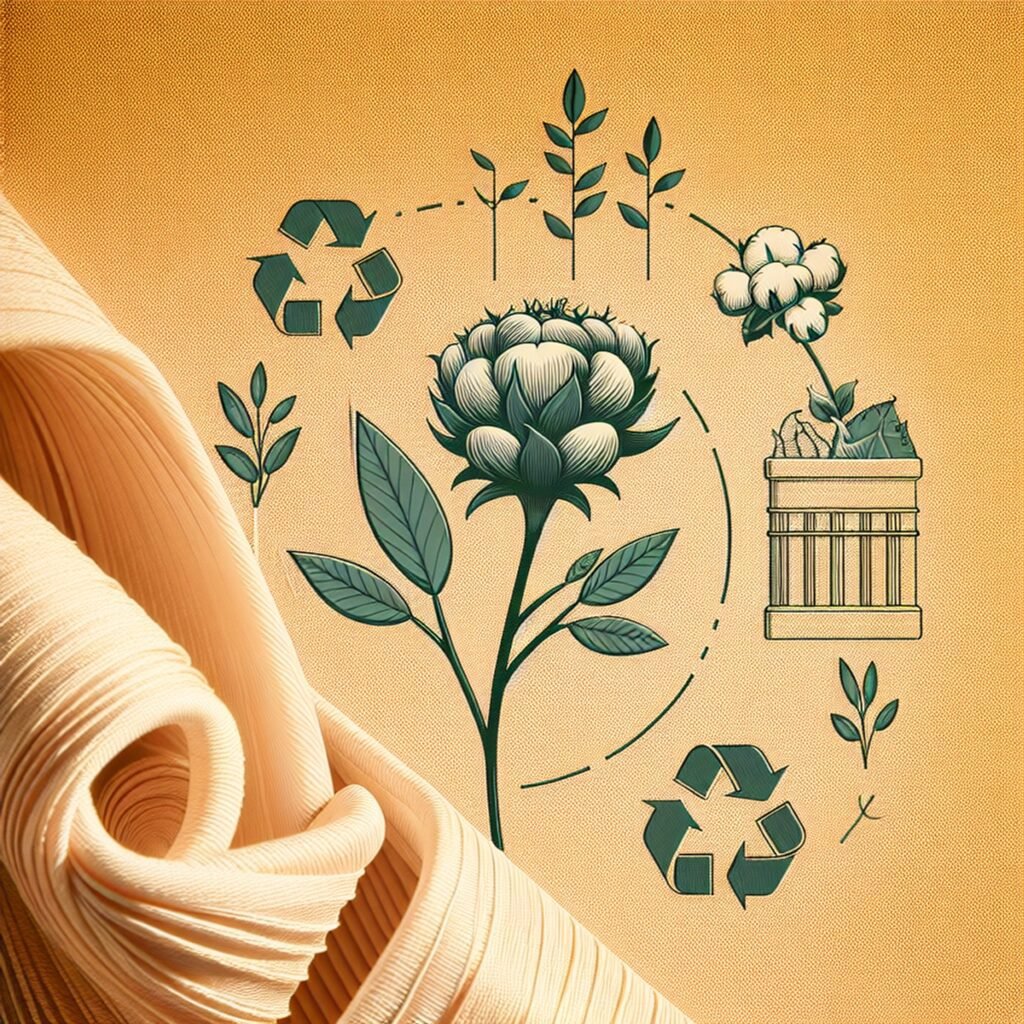
Cupro fabric requires proper care to prolong the lifespan of garments. Here are some tips for maintaining and caring for cupro fabric items:
- Gentle Washing Techniques: Hand wash cupro fabric items in cool water using a mild detergent to prevent damage from harsh chemicals and maintain the fabric’s integrity. Avoid machine washing and dry cleaning to preserve the delicate nature of cupro.
- Avoiding Harsh Chemicals: Refrain from using bleach or fabric softeners when washing cupro fabric, as these chemicals can weaken the fibers and affect the fabric’s drape and texture.
- Storing Cupro Fabric Items: To prevent creasing and maintain the original shape of cupro garments, store them flat or hang them on padded hangers. Avoid exposing cupro fabric to direct sunlight for extended periods to prevent color fading and potential degradation of the material.
The Future Potential of Cupro Fabric in Driving Fashion Towards Sustainability
Inspiring Examples of Fashion Brands
Several forward-thinking fashion brands are embracing cupro fabric in their collections, leading the way towards a more sustainable future. By incorporating cupro fabric into their designs, these brands are demonstrating a commitment to environmentally friendly practices and setting a positive example for the industry.
Encouragement for Readers
As consumers, you have the power to support these innovative brands and make conscious choices that drive the demand for greater use of eco-friendly materials like cupro fabric. By prioritizing sustainable options in your fashion purchases, you can contribute to the momentum towards a more ethical and environmentally responsible fashion industry.
FAQs (Frequently Asked Questions)
What is cupro fabric and why is it gaining popularity in the fashion industry?
Cupro fabric is a sustainable textile known for its eco-friendly and ethical qualities, making it a preferred choice for sustainable fashion brands. It is gaining popularity due to its silk alternative properties and being a vegan-friendly material.
What are the key points covered in the article about cupro fabric?
The article covers the composition and production process of cupro fabric, its sustainability benefits, and proper care instructions. It also discusses the unique properties of cupro fabric such as breathability and drape, as well as its use of cotton linter obtained as a byproduct of the textile industry.
How does cupro fabric contribute to sustainability in the fashion industry?
Cupro fabric is considered eco-friendly due to its lower environmental impact compared to silk, reduced need for chemical inputs, and use of a closed-loop production system. This closed-loop system minimizes pollution and preserves resources, making cupro a sustainable textile.
What ethical aspects are involved in the production of cupro fabric?
The social sustainability dimension of cupro fabric production includes ensuring fair wages and safe working conditions in linter extraction and processing. Certifications like the Global Organic Textile Standard (GOTS) play a role in ensuring ethical integrity, while challenges exist in improving transparency within cupro supply chains.
How does cupro fabric compare to traditional silk as a viable alternative?
Cupro fabric offers similar aesthetic and tactile qualities to silk, providing a luxurious experience while being more sustainable. However, limitations exist that may influence its suitability for certain applications in fashion and home furnishings.
What are some maintenance tips for caring for cupro fabric?
Proper care is important to prolong the lifespan of cupro garments. This includes guidance on gentle washing techniques, avoiding harsh chemicals, and tips for storing cupro fabric items to prevent creasing and maintain their original shape.
How is cupro fabric driving fashion towards sustainability in the future?
Fashion brands embracing cupro fabric are leading the way towards a more sustainable future. By supporting these innovative brands and making conscious choices as consumers to demand greater use of eco-friendly materials like cupro fabric, individuals can contribute to driving fashion towards sustainability.
